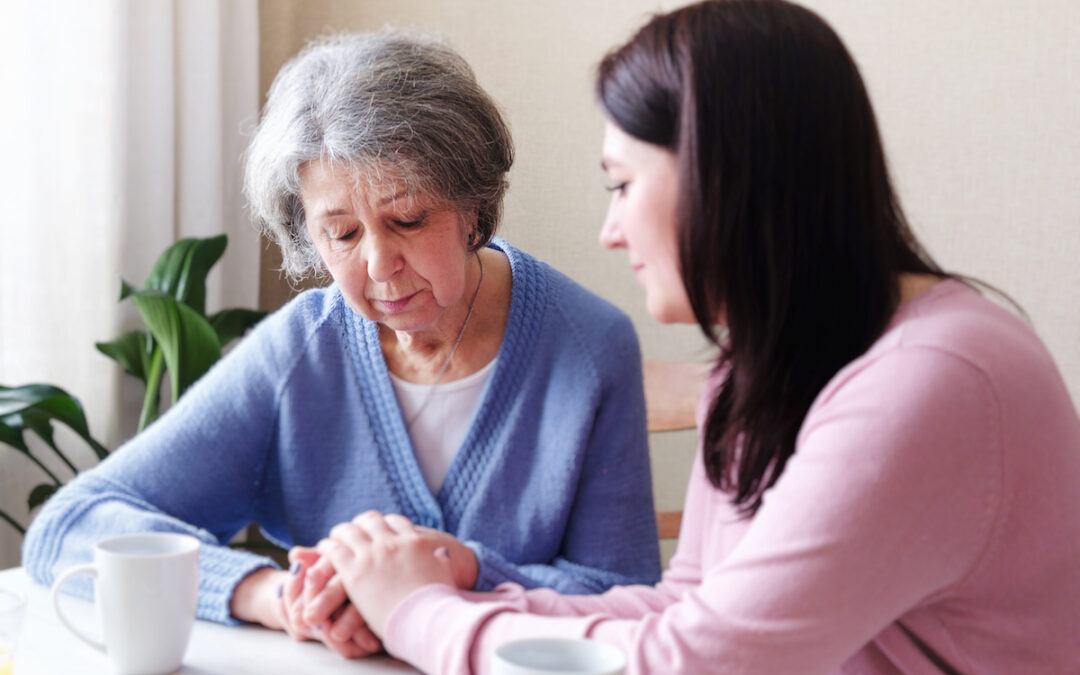Elder maltreatment is a critical issue affecting many seniors around the world. As our population ages, it is essential to shed light on the various forms of abuse, neglect, and exploitation faced by older adults. This article explores elder maltreatment statistics, highlighting the prevalence, types of abuse, risk factors, and the impact of such maltreatment on the elderly population. Understanding these statistics is crucial for raising awareness, preventing abuse, and ensuring that seniors receive the care and respect they deserve.
What is Elder Maltreatment?
Elder maltreatment refers to any intentional or unintentional act that causes harm or distress to an older person. It can take many forms, including:
- Physical Abuse: Inflicting bodily harm or pain through actions such as hitting, slapping, or restraining.
- Emotional or Psychological Abuse: Causing emotional pain or distress through verbal assaults, threats, humiliation, or isolation.
- Neglect: Failing to provide necessary care, including food, shelter, medical care, and assistance with daily living activities.
- Financial Exploitation: Illegally or improperly using an elder’s funds or assets for personal gain.
- Sexual Abuse: Engaging in non-consensual sexual contact or behavior with an older adult.
Understanding these categories is essential for interpreting elder maltreatment statistics accurately.
The Prevalence of Elder Maltreatment
Global Statistics
Elder maltreatment is a widespread issue, with millions of older adults affected worldwide. According to the World Health Organization (WHO), approximately 1 in 6 older adults experienced some form of abuse in community settings during the past year. This figure highlights the need for increased awareness and intervention efforts globally.
National Statistics
In the United States, elder maltreatment statistics reveal alarming trends:
- The National Elder Mistreatment Study estimates that around 5 million older adults experience abuse each year. This statistic includes various forms of maltreatment, emphasizing the urgent need for prevention and intervention strategies.
- A study by the U.S. Administration on Aging found that only 1 in 24 cases of elder abuse are reported to authorities, indicating a significant underreporting issue.
- The National Center on Elder Abuse (NCEA) states that approximately 90% of elder abuse is committed by a family member, often a spouse or adult child.
These statistics underscore the importance of recognizing and addressing elder maltreatment as a public health issue.
Types of Elder Maltreatment
Physical Abuse Statistics
Physical abuse against older adults is one of the most visible forms of maltreatment. Statistics indicate that:
- According to the NCEA, about 30% of elder abuse cases reported involve physical abuse.
- Older adults who are physically abused are more likely to suffer from serious health problems and mental health issues, including depression and anxiety.
Emotional Abuse Statistics
Emotional abuse can be just as damaging as physical abuse. Key statistics include:
- Studies show that approximately 11% of older adults report experiencing emotional abuse.
- Victims of emotional abuse often suffer from low self-esteem, anxiety, and depression, leading to a diminished quality of life.
Neglect Statistics
Neglect is a common form of elder maltreatment, and statistics reveal its prevalence:
- Research indicates that neglect accounts for about 58% of elder maltreatment cases.
- Neglected older adults often face serious health risks, including malnutrition, dehydration, and untreated medical conditions.
Financial Exploitation Statistics
Financial exploitation is a growing concern for older adults, especially with the rise of technology and scams:
- The NCEA reports that financial exploitation represents approximately 20% of elder abuse cases.
- Older adults lose billions of dollars annually due to financial exploitation, with many victims unaware that they have been targeted.
Sexual Abuse Statistics
Sexual abuse is often underreported, making accurate statistics challenging to obtain:
- Studies suggest that sexual abuse may account for about 1% of reported elder abuse cases.
- Victims of sexual abuse often experience severe psychological trauma and are at risk of physical health complications.
Risk Factors for Elder Maltreatment
Understanding the risk factors associated with elder maltreatment is crucial for prevention efforts. Some key risk factors include:
Individual Risk Factors
- Age: Older adults, particularly those over 80, are at a higher risk of experiencing maltreatment.
- Physical or Cognitive Impairments: Seniors with disabilities or cognitive decline may be more vulnerable to abuse due to their dependence on caregivers.
- Mental Health Issues: Depression and social isolation can increase the risk of becoming a victim of maltreatment.
Relationship Risk Factors
- Caregiver Stress: Family members or caregivers experiencing high levels of stress may be more likely to engage in abusive behaviors.
- Substance Abuse: Caregivers with substance abuse issues are more prone to commit acts of elder abuse.
- Family Dynamics: Dysfunctional family relationships can contribute to an increased risk of maltreatment.
Community Risk Factors
- Social Isolation: Older adults who are isolated from their communities are at a greater risk of experiencing abuse.
- Lack of Support Services: Communities with limited access to social services, healthcare, and resources for older adults may see higher rates of maltreatment.
The Impact of Elder Maltreatment
Physical and Emotional Consequences
Elder maltreatment has severe consequences for the health and well-being of older adults:
- Victims of elder abuse often experience physical injuries, chronic health problems, and higher rates of hospitalization.
- The emotional toll of maltreatment can lead to depression, anxiety, and a significant decline in overall quality of life.
Economic Impact
The financial implications of elder maltreatment are substantial:
- The cost of elder abuse, including healthcare expenses and lost income, is estimated to exceed $27 billion annually in the United States alone.
- Financial exploitation can leave older adults in dire financial situations, leading to long-term financial instability.
Prevention and Intervention Strategies
Raising Awareness
Increasing awareness about elder maltreatment is essential for prevention. Public campaigns, educational programs, and community outreach can help inform individuals about the signs of abuse and how to report it.
Support Services
Access to support services for older adults and caregivers can reduce the risk of maltreatment. These services may include:
- Respite Care: Providing temporary relief for caregivers to reduce stress and prevent burnout.
- Counseling Services: Offering mental health support for victims of abuse and their caregivers.
Reporting Mechanisms
Establishing clear reporting mechanisms for suspected elder maltreatment is crucial. Many states have hotlines and reporting systems in place to ensure that concerns are addressed promptly and effectively.
Conclusion
Elder maltreatment is a pervasive issue that affects millions of older adults worldwide. The statistics surrounding elder maltreatment reveal a troubling reality, with significant implications for individuals, families, and society as a whole. By understanding the prevalence, types, risk factors, and impacts of elder maltreatment, we can work towards creating a safer environment for our seniors. It is essential to promote awareness, enhance support services, and encourage reporting mechanisms to prevent elder maltreatment and protect those who are most vulnerable. Through collective efforts, we can ensure that older adults receive the care, respect, and dignity they deserve.













